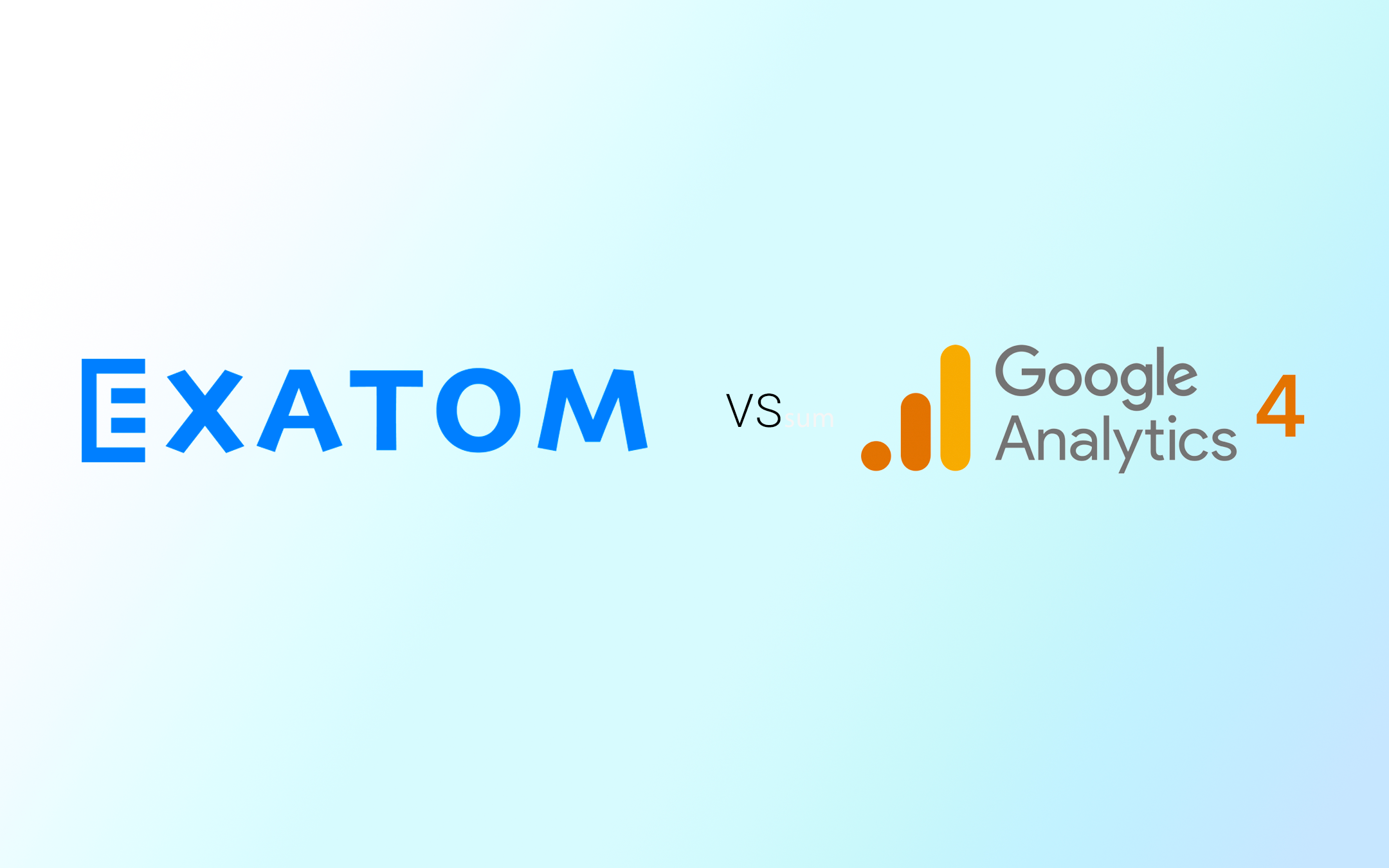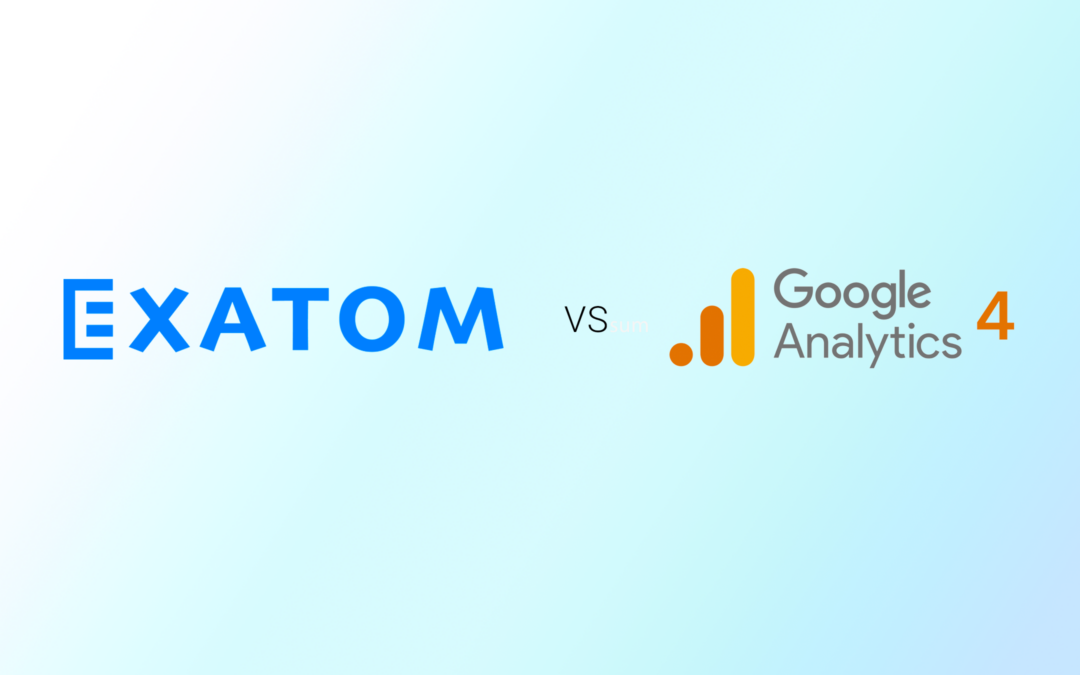
Introduction to GA4
Google Analytics 4 (GA4) is the latest version of Google’s web analytics platform, officially launched in October 2020. GA4 represents a significant shift from its predecessor, Universal Analytics (UA), which was the standard for web analytics since its introduction in 2012. Unlike Universal Analytics, which focused on session-based data, GA4 emphasizes event-driven data, providing a more granular and detailed understanding of user interactions across websites and apps.
GA4 was developed to address the evolving needs of digital analytics in a privacy-centric world, offering enhanced features such as improved cross-device tracking, automatic insights, and machine learning capabilities. It also provides better integration with Google’s advertising platforms, enabling marketers to make more informed decisions based on comprehensive data.
GA4’s flexibility: a strength and trap at the same time
GA4 is the leading analytics platform, utilised by a wide range of professionals, including digital marketers, data analysts, and business owners. Digital marketers benefit from its advanced tracking and reporting features, which help optimise marketing campaigns and improve return on investment. GA4’s strength is tracking interactions on websites and apps, engagement, revenue generation, and retention. Data analysts appreciate the flexibility of GA4’s data model and its ability to create custom events and parameters, enabling deeper analysis and insights.
This flexibility can be a trap as well, concerning form optimisation. These are the two main ones:
- GA4 is for free, therefore cheaper than the license fee of a form analytics tool
- GA4 is set and forget
GA4 does not offer Form Analytics out of the box. It requires experts to create specific tags, triggers, and variables in GTM (Google Tag Manager) per form and field. And AJAX listeners if the page does not refresh upon submit. Does it make you dizzy already? With multiple forms on a website, this is not something that can be done in a couple of hours. It’s a serious number of days that’s required for the initial setup.
Form analytics in GA4 requires a custom setup, which means ongoing checks and maintenance are necessary to ensure data accuracy. Any changes to a web form demand a review of all custom events to confirm they are still tracking the correct metrics. This work requires skilled professionals, and their expertise comes at a cost. Consequently, even with GA4, there is a monthly expense to keep form analytics operational.
In summary: setting up form analytics in GA4 can overwhelm marketers due to complexity, risk of inconsistent data, resource-intensive maintenance and hidden costs.
Experience Analytics: combining quantitative and qualitative insights
For CRO specialists, combining quantitative and qualitative analytics offers a comprehensive understanding of user pain points on web forms, surpassing the insights provided by quantitative metrics alone. While tools like GA4 effectively track numerical data such as conversion rates and drop-off points, they lack the ability to reveal the underlying reasons behind user behavior. Integrating session replay tools like Hotjar, despite their cost, enables you to observe real user interactions, capturing the nuances of user frustration and confusion. This dual approach allows for a deeper, actionable analysis, leading to more effective optimisation strategies and enhanced user experience. But as Hotjar is applying sampling (randlomly record x% of the sessions), it’s difficult to have a direct link between a GA4 metric and the corresponding session replays, which is a standard link in Exatom.
Diferences in implementation
Where GA4 requires quite some custom work by experts to have form analytics in place (as explained in the previous paragraph), Exatom’s implementation only needs one event tag on all pages (which can be done through Google Tag Manager (GTM0). With the Exatom tag, all forms are found automatically, including all fields (with their field names and attributes). You only need to select which ones you would like to see in the reporting. Multiple forms on the same page are automatically separated, the same form on multiple pages automatically merged into a single report. This means that a marketer can start using Exatom in a matter of minutes, without the need of detailed GTM expertise.
The core: form analytics & field metrics
When examining form analytics and field metrics, Exatom offers much more granularity that is essential for professional CRO-specialists and Product Owners. Besides the metrics that GA4 tracks (like form-sessions, start-rate and submits and custom metris like the error rate and interactions), Exatom provides failed submit-rate, autofill use (fields filled in by the browser automatically), drop-offs before start, drop-offs after start, and total drop-offs.
The difference is even more clear at the field level, where GA4 cannot provide insights per field on interaction time versus hesitation time, used field order, blank rates, auto-fill rates, etc. A detailed comparison is shown in the table below.
Overall, Exatom offers a more comprehensive set of metrics for both form and field analysis compared to GA4, which remains limited in several key areas.

Implementation
Cookieless
GTM tag implementation
Automatic form & field identification
Change field label naming
Product scope
Web form behavioral analytics
Field metrics
Session replays
Performance alerts
Weekly performance email
Native optimisation solutions
Audience activation for media
Customer surveys
Heatmaps
API integrations
Form Metrics
Form sessions
Start-rate
Submit-rate 1)
Failed submit-rate
Conversion-rate
Autofill use
Error rate
Drop-offs before start
Drop-offs after start
Total drop-offs
Field Metrics
Field order on user behavior
Field interactions
Drop-offs per field
Interaction time
Hesitation time
Corrections
Error rate
Autofill rate
Blank rate
Rage clicks
Error classification
Error messages
Session Replays3)
100% Linked to analytics
Automatic personal data masking
User friction score
Auto-speed based on events
Event filtering
Bookmarking
Share outside platform
Smart Tooltips
Tooltip ‘wysiwyg’-editor
HTML-editor
Tooltip library
Form event triggers
Field event triggers
URL targeting
Device targeting
Error message targeting
A/B testing


2)
2)
2)
- Out of the box, GA4 does not make a distinction between a submit and a conversion. A submit is by definition a conversion to GA4. Exatom counts a submit as a click on the CTA button and as a conversion when the submit is successful.
- This requires custom event tracking using Google Tag Manager.
- Session Replays can be used together with GA4 if a third-party tool like Hotjar is set up. However, since Hotjar applies sampling, not every GA4 form session can be linked to a Session Replay.
